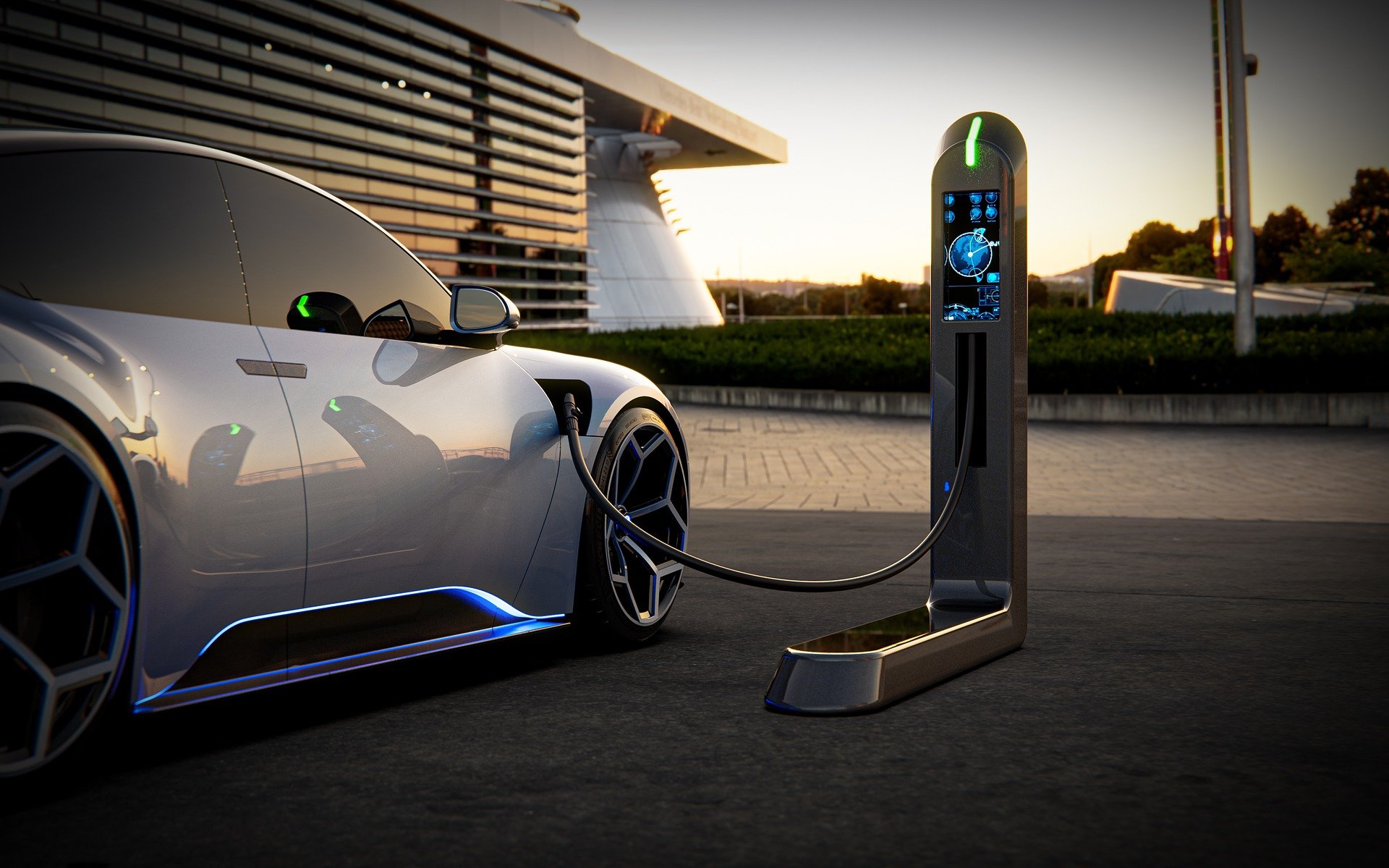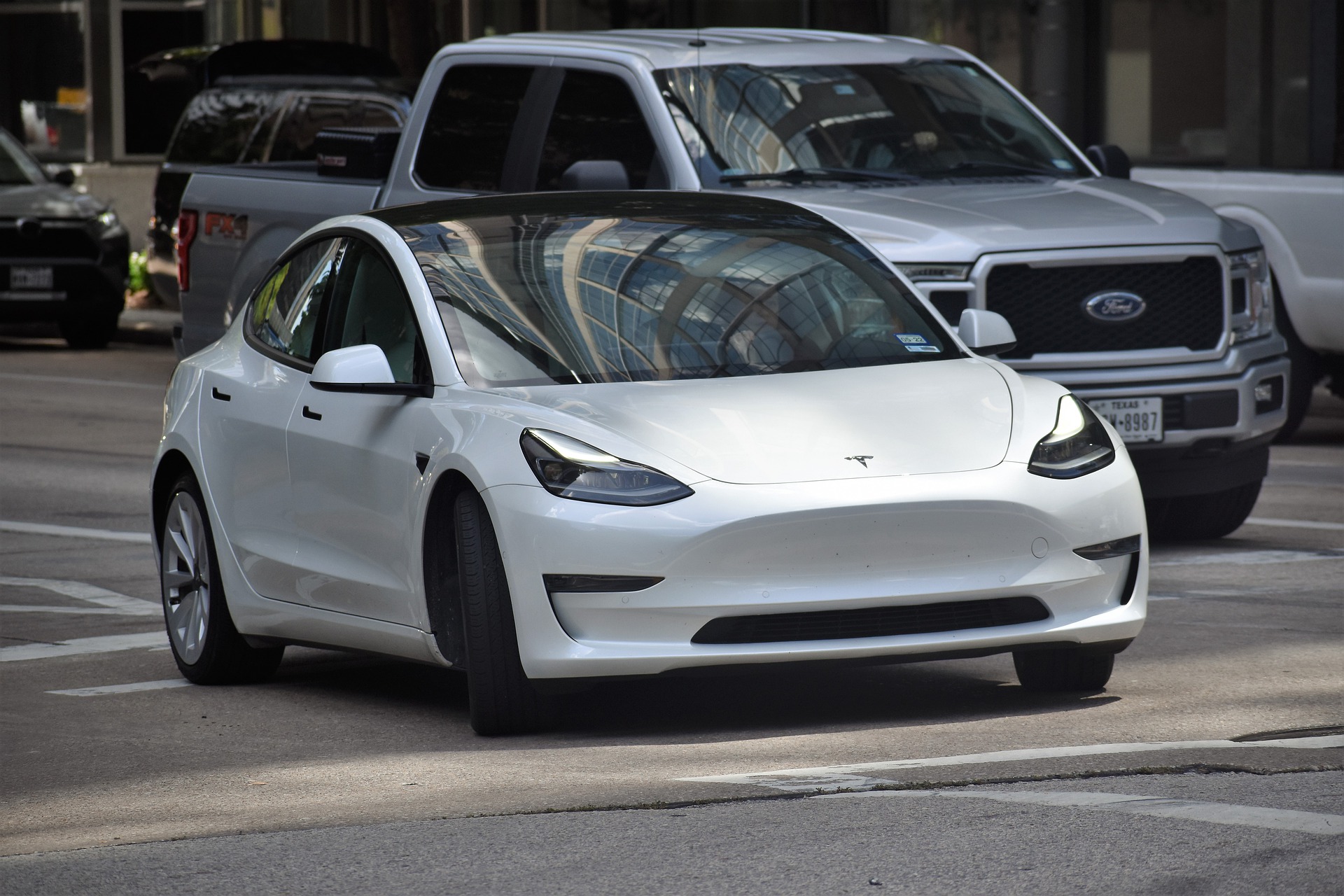Fuel Cells: The Silent Powerhouse Revolutionizing the Automotive Industry
Fuel cells have silently been transforming the automotive sector for a while now, and it's high time we took a deep dive into this fascinating technology. From their historical roots to their current applications and future possibilities, this article is your ultimate guide to understanding fuel cells and their role in the automotive industry.

Fuel Cells: A Historical Perspective
Contrary to popular belief, the concept of fuel cells isn’t a recent development. In fact, they were first conceptualized way back in the 19th century by a British scientist named Sir William Grove. Grove managed to create a simple fuel cell, which he aptly named a ‘gas voltaic battery.’ However, it wasn’t until the mid-20th century that the potential of fuel cells was realized by NASA, who used them to generate power for spacecraft.
The Mechanics of Fuel Cells
To appreciate the potential of fuel cells, one must first understand how they work. Simply put, a fuel cell generates electricity through a chemical reaction, typically involving hydrogen and oxygen. The hydrogen acts as the fuel, and the oxygen acts as the oxidant. When they combine, they produce water and, more importantly, electricity. Unlike traditional combustion engines, fuel cells are far more efficient and eco-friendly, with water being their only by-product.
Fuel Cells and the Automotive Industry
Fuel cell technology has seen significant advancements over the past few decades, with many automakers now exploring its potential. Vehicles powered by fuel cells, often referred to as Fuel Cell Electric Vehicles (FCEVs), offer a promising alternative to traditional combustion engines and even battery electric vehicles. FCEVs are capable of providing longer ranges and quicker refueling times compared to their electric counterparts, which is a significant advantage.
Impact and Challenges of Fuel Cell Technology
The introduction of FCEVs has the potential to significantly reduce our reliance on fossil fuels, thereby helping in the fight against climate change. However, like all technologies, fuel cells also come with their own set of challenges. The most notable among these is the lack of a well-established hydrogen infrastructure. Additionally, producing hydrogen in a sustainable and cost-effective manner remains a significant technological hurdle.
Looking Ahead: The Future of Fuel Cells
Despite the challenges, the future of fuel cells looks promising. With ongoing research and development, it’s only a matter of time before we overcome these hurdles. As the world continues to grapple with the effects of climate change, the demand for clean and efficient technologies like fuel cells is only set to increase. While it may not happen overnight, fuel cells have the potential to fundamentally change the way we power our vehicles, heralding a new era in the automotive industry.
Understanding fuel cells and their potential role in the automotive industry is crucial as we move towards a more sustainable future. Their journey from a 19th-century concept to potentially powering our cars is nothing short of fascinating. As we continue to explore cleaner and more sustainable ways to power our vehicles, fuel cells are undoubtedly a technology to watch out for.





